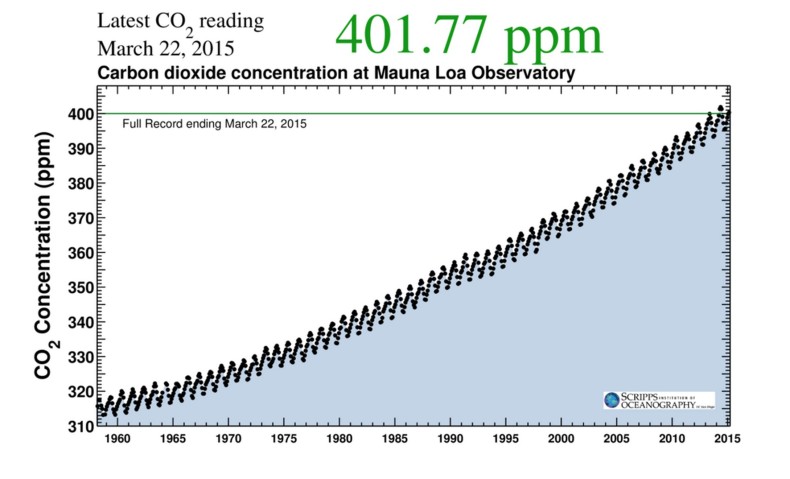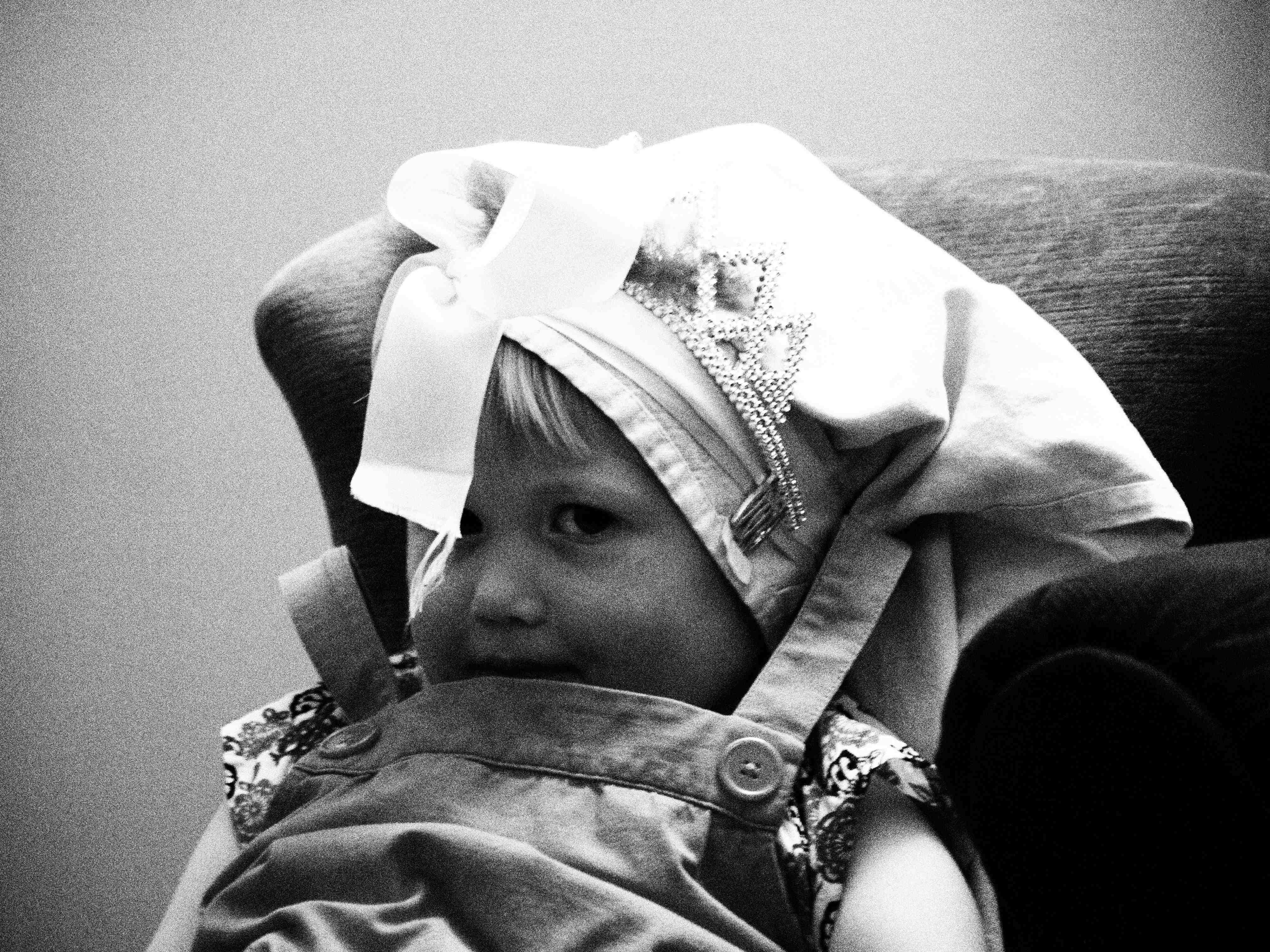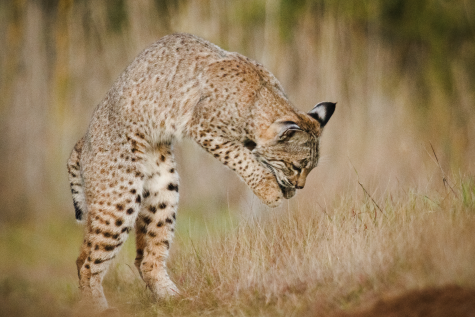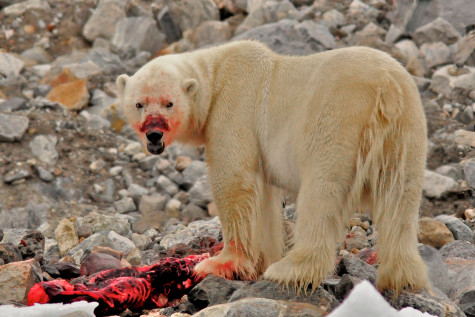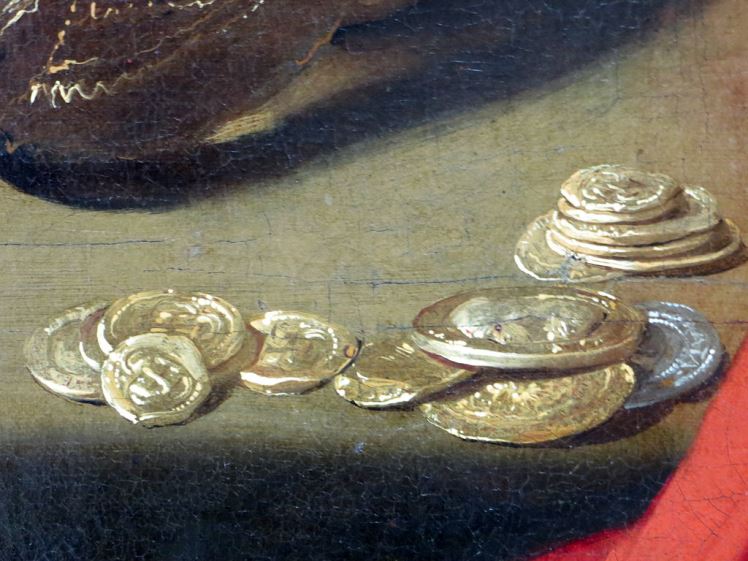 I suspect this isn’t really a science metaphor, but I got caught up in the word.
I suspect this isn’t really a science metaphor, but I got caught up in the word.
I had a friend who’s married to a hospital doctor, and he brought home many work-related words of interest: “mother-of-record,” for instance, meant that he wasn’t going to be the one taking cupcakes to their kid’s class in the morning; “trichobezoar,” meant “hairball” and was a nice distraction from the one we found in the grocery-store salad. Then one day he came back with “decompensate:” somebody was decompensating all over the unit, he said. “What’s decompensating?” I said. “It’s when somebody just falls to pieces,” he said, “when they just lose it.” “That’s a weird word,” I said.
“Compensation,” I thought, meant “payment,” like “compensation for pain and suffering,” or “zero compensation for blog posts.” What’s falling to pieces got to do with it? Continue reading →
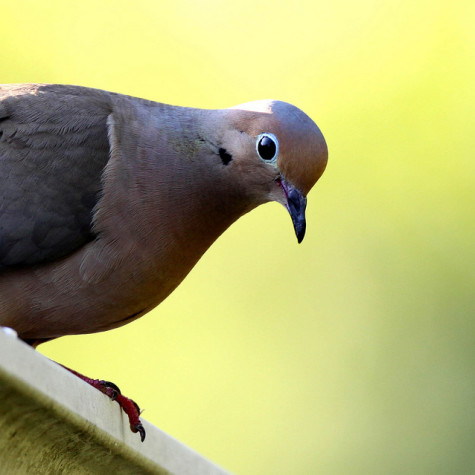 The other day I was just starting to work when I heard a strange cooing in the other room. It sounded like a baby. But I swore I’d just dropped the actual baby off at a friend’s house.
The other day I was just starting to work when I heard a strange cooing in the other room. It sounded like a baby. But I swore I’d just dropped the actual baby off at a friend’s house.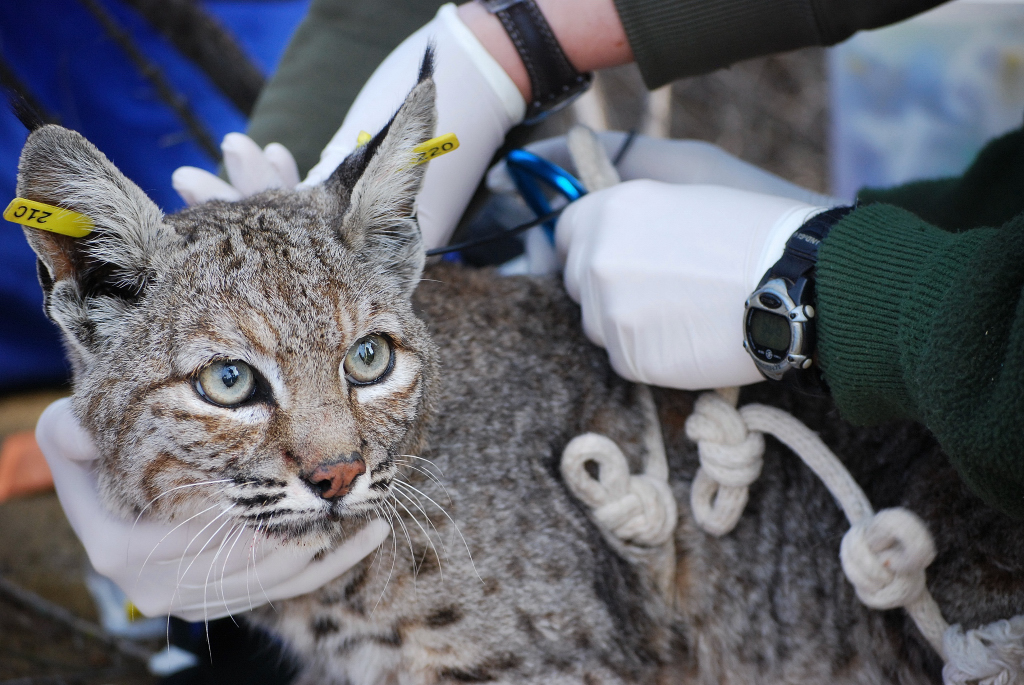
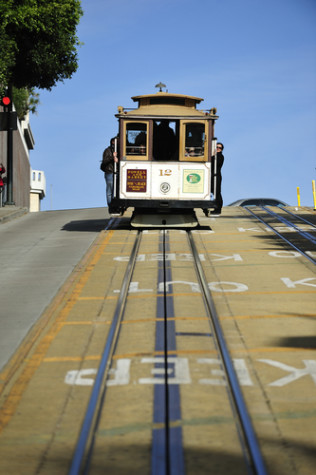 Stop me if you’ve heard this one. A trolley carrying five school children is headed for a cliff. You happen to be standing at the switch, and you could save their lives by diverting the trolley to another track. But there he is – an innocent fat man, picking daisies on that second track, oblivious to the rolling thunder (potentially) hurtling his way. Divert the trolley, and you save the kids and kill a person. Do nothing, and you have killed no one but five children are dead. Which is the greater moral good?
Stop me if you’ve heard this one. A trolley carrying five school children is headed for a cliff. You happen to be standing at the switch, and you could save their lives by diverting the trolley to another track. But there he is – an innocent fat man, picking daisies on that second track, oblivious to the rolling thunder (potentially) hurtling his way. Divert the trolley, and you save the kids and kill a person. Do nothing, and you have killed no one but five children are dead. Which is the greater moral good?
